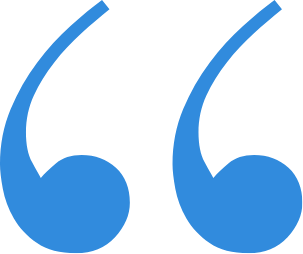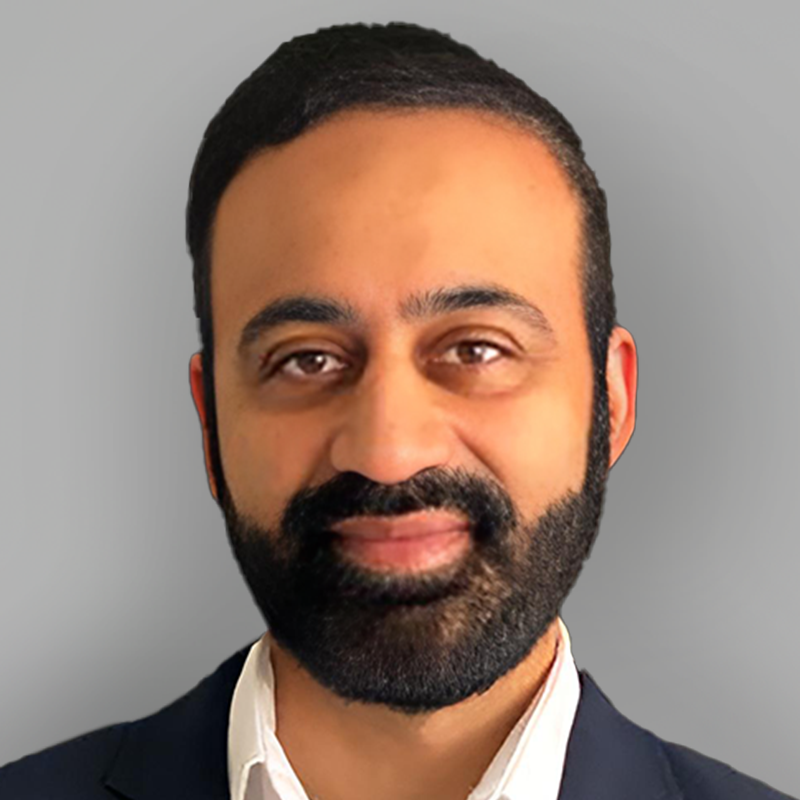“I Want to Break Free” (from Operational Complexity): Building Scalable Wealth Management Operations for Growth
19th November 2024 – In an industry where client demands are increasing, wealth managers face the complex task of balancing operational efficiency with comprehensive service offerings. Tariq Khan, Objectway’s Client Development Director, shares his view on how today’s wealth managers need to rethink their operating models.
Imagine wealth managers humming along to Queen’s “I Want to Break Free”, but with a twist: the tune becomes an anthem not just for freedom from constraints, but from the web of operational complexity. Just as Freddie Mercury sang of breaking free from constraints, today’s wealth managers are being driven to shed operational burdens, streamline processes and rethink their operating models.
So how can they “break free”?
In an industry where client demands are increasing, wealth managers face the complex task of balancing operational efficiency with comprehensive service offerings. As financial products and channels proliferate, traditional operating models become cumbersome and costly, requiring wealth management firms to rethink their approach.
Historically, firms have relied on management frameworks to streamline processes and reduce costs, but these efforts often yield only temporary gains. To achieve sustainable efficiency, wealth managers need to move from short-term fixes to strategic programmes that refine the entire operating model. This means aligning cost reduction with long-term goals, and distinguishing between essential complexity that drives value and redundancy that dilutes it. Embracing advanced technology is essential as automation, data analytics and self-service options reshape both back- and front-office productivity. This technology-driven transformation frees up advisers to focus on value-adding tasks, ultimately improving the client experience while reducing overheads.
But successful transformation goes beyond technology. A systematic, holistic approach that prioritises projects based on tangible outcomes – targeting both internal efficiencies and client-facing improvements – has proven most effective. For example, by establishing KPIs that track real productivity improvements, firms can more accurately measure the impact of their investments and adapt in real time to evolving market needs.
Back-office transformation is emerging as a cornerstone of operational excellence, linking efficiency to revenue growth. By embracing these strategies, wealth managers are positioning themselves not just to meet today’s demands, but to lead the industry with adaptable, scalable models that are poised for future success.

